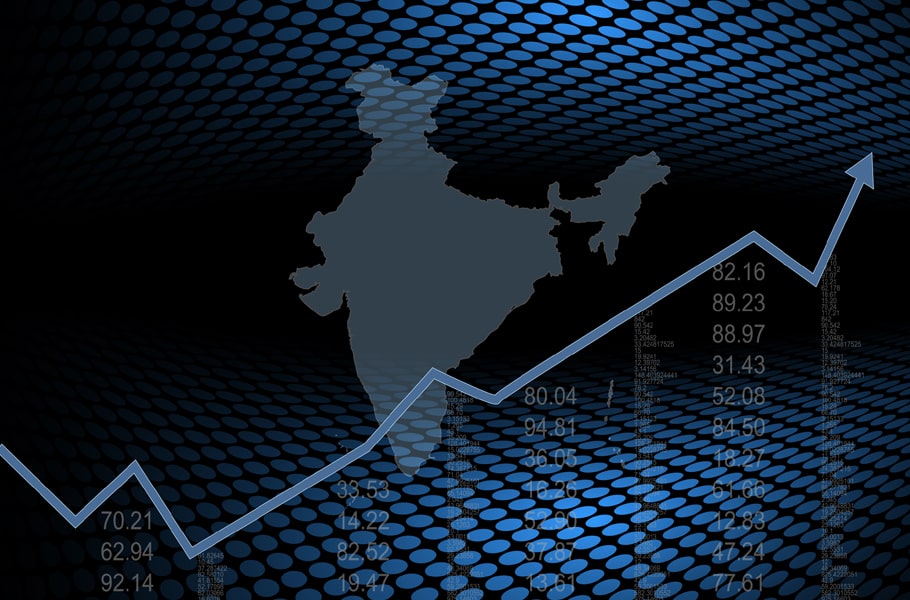
Indian stock markets show surprising immunity against COVID onslaught
Investor optimism and strong global cues are keeping the Indian equity markets from plunging, but economic stability at home is key to sustained growth, say experts; this needs to be matched with a massive vaccination drive to contain COVID spread

The fresh fall-back line among stockbrokers is reportedly this: “Just one Indian entity is fully immunised from COVID — it’s the markets.”
it is a known fact now that the only time the Indian stock market truly took a beating from the pandemic was in March 2020. That was when the first cases were reported, a strict nationwide lockdown was imposed; there was widespread uncertainty and the markets crashed.
Since then, the movement has been mostly upward. From about 28,536 on March 25, 2020, when India saw its first full-fledged COVID lockdown, the Sensex has grown through spurts and blips to close at nearly 48,691 on May 12, 2021. By end of May and the start of June, the climbing COVID deaths impacted the markets but the overall optimism remains in place.
Growth incongruence
The incongruence between the stock market performance and the prevailing situation is the subject of much discussion. The second wave of the pandemic, and the lockdowns put in place by most state governments, are seen hitting businesses hard. The manufacturing and services sectors are likely to take a beating in the first quarter (April-June) of this year. Already, most global agencies, apart from the Reserve Bank of India (RBI), have lowered their projections for India’s GDP growth for fiscal 2021-21.
Also read: Mutual fund investments can help you ride the COVID wave better
There is currently a drop in the number of new COVID cases in India, but the overall numbers are still substantial. While the vaccination drive has been mostly successful in advanced nations, further easing the strain on their economies, there is not much cheer on that front either in India. Just a fraction of the population has been inoculated, and a scarcity of vaccines is impeding the programme.
“India’s second COVID wave could knock off as much as 2.8 percentage points from GDP growth in fiscal 2022, de-railing what has been a promising recovery in the economy, profits, and credit metrics in the year to date,” said S&P Global in a report. “Limited vaccination coverage and exposure to more infectious COVID variants may mean this infection wave may peak, with significant effects on credit and funding conditions.” [June, however, has been showing a declining COVID trend with new daily case count remaining below the one-lakh mark].
Global push
So, what is buoying the markets? The global cues are playing a dominant role, say experts. Most indices in the West are performing well as the pandemic is largely contained there. Also, the stimulus packages announced by various governments elsewhere have helped ease liquidity and boost market sentiments. This could be having a ripple effect on the Indian markets.
It is also possible that investors are being patient, with an eye on long-term growth, say market observers. After the first wave of COVID, pent-up demand had boosted sales with a vengeance, and an encore might be anticipated now.
However, market experts insist that for the domestic bourses to grow in a sustained manner, the economy has to be bolstered with stimulus measures. A sustained second wave of COVID may trigger an outflow of foreign funds, which the markets can ill afford.
In a surprise announcement in May, RBI Governor Shaktikanta Das announced a slew of measures to boost liquidity and ease the norms around debt repayment and compliances, However, economists think a much bigger policy step, running parallel to a massive vaccination drive, is critical at this juncture.


